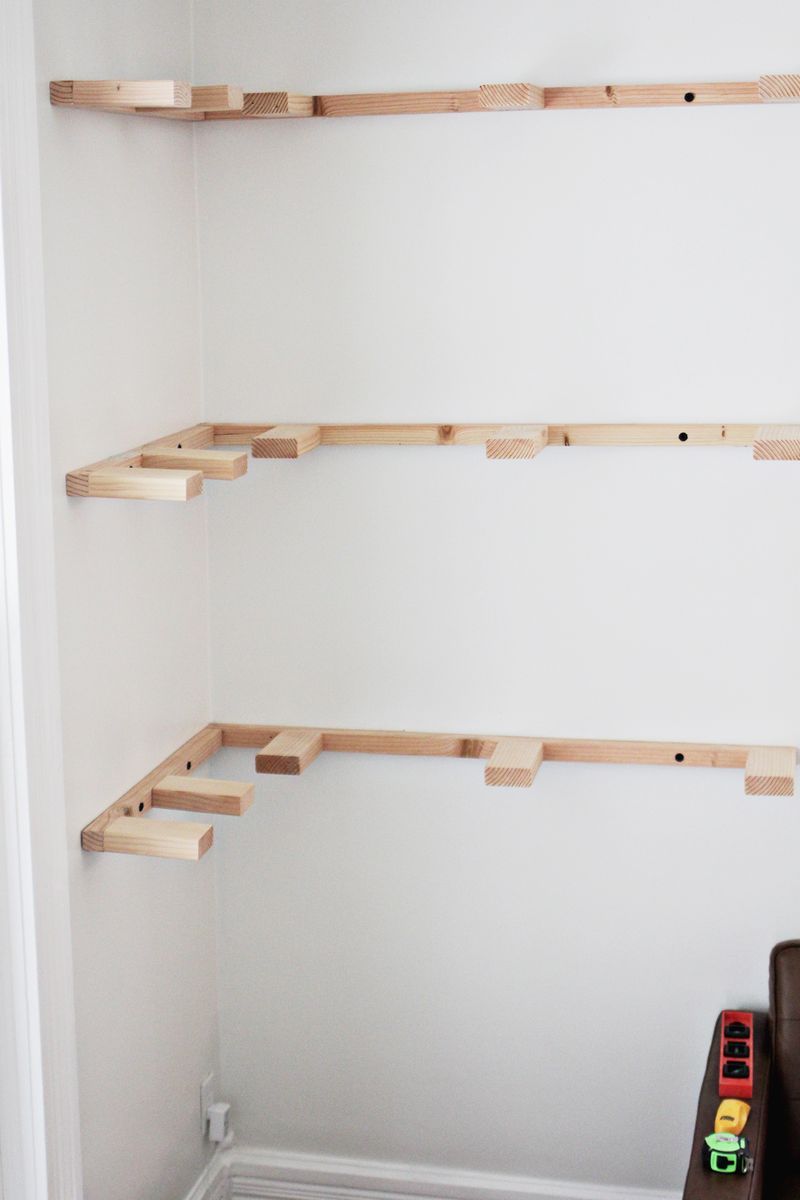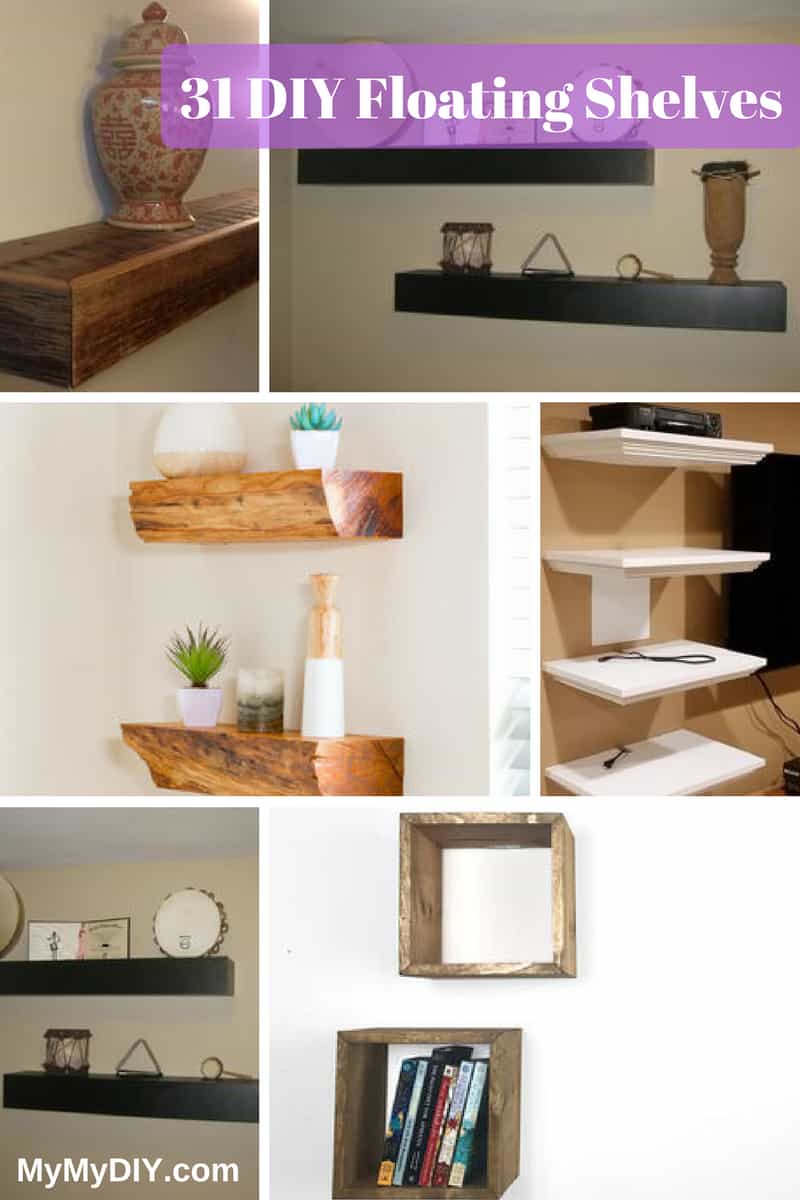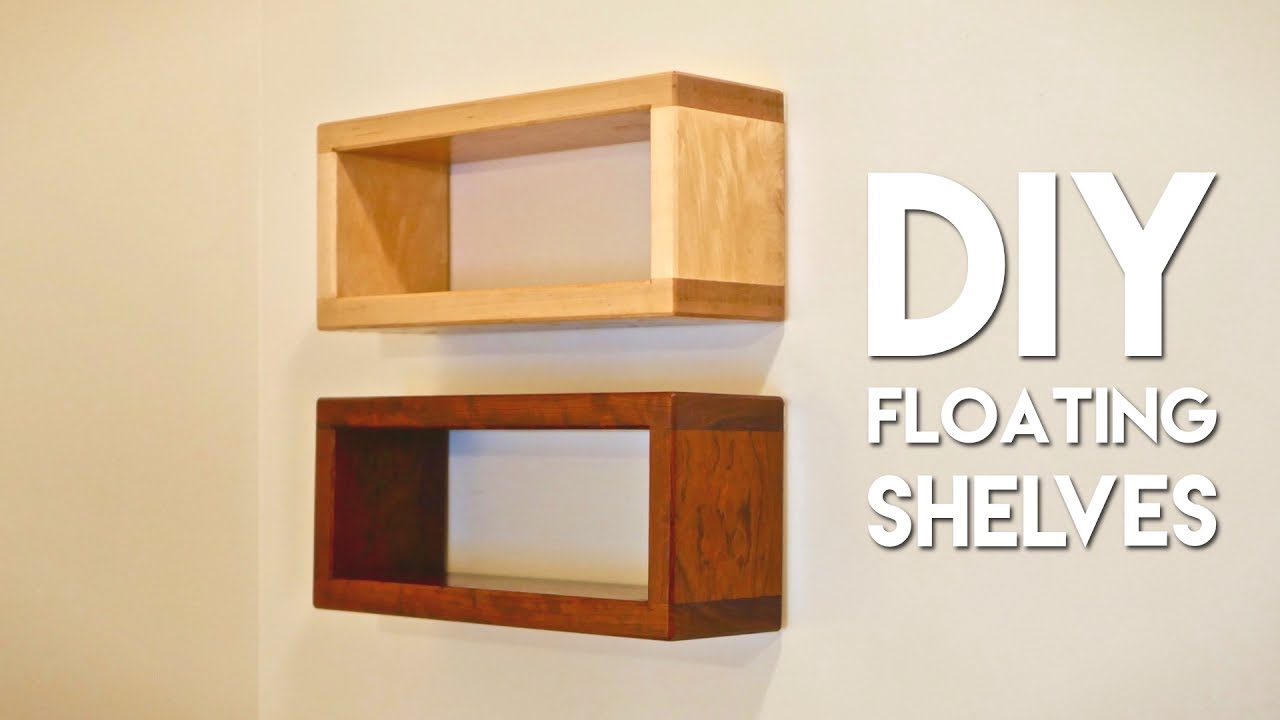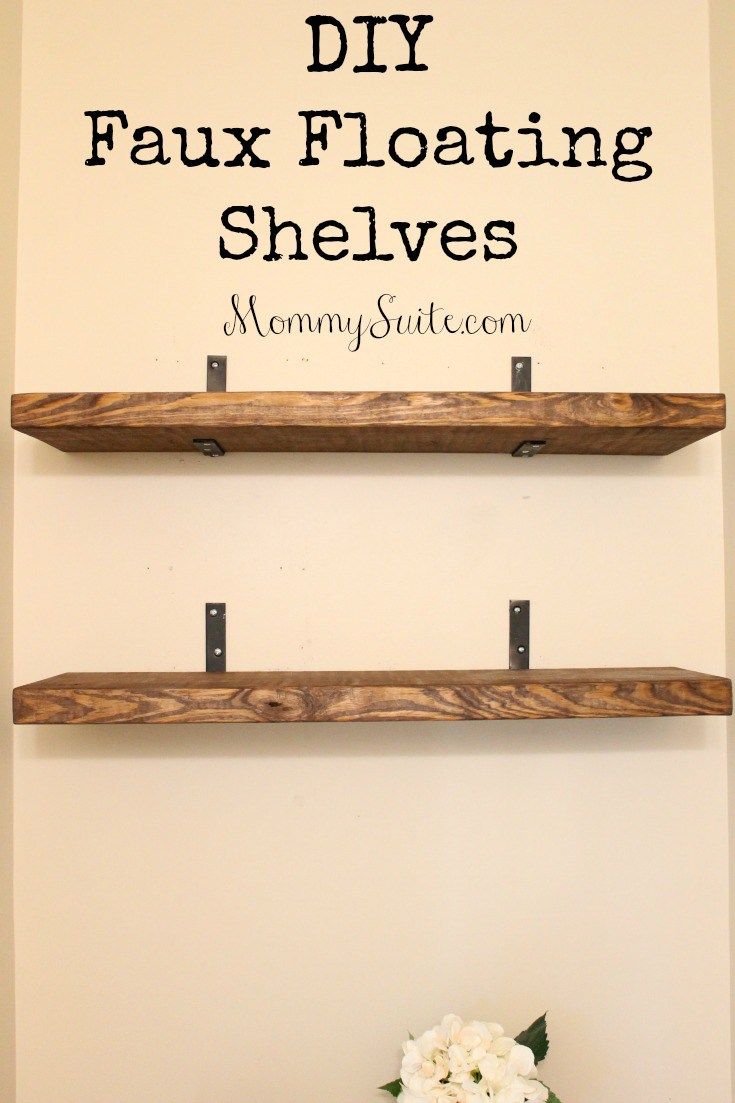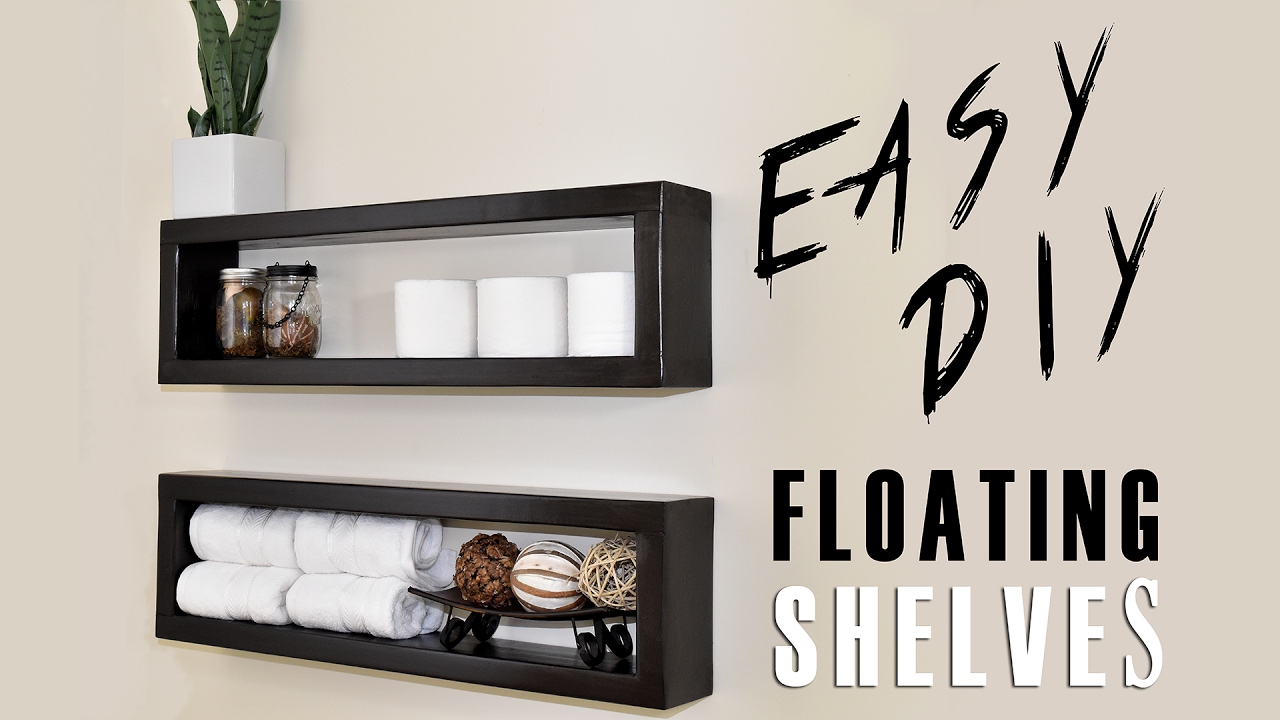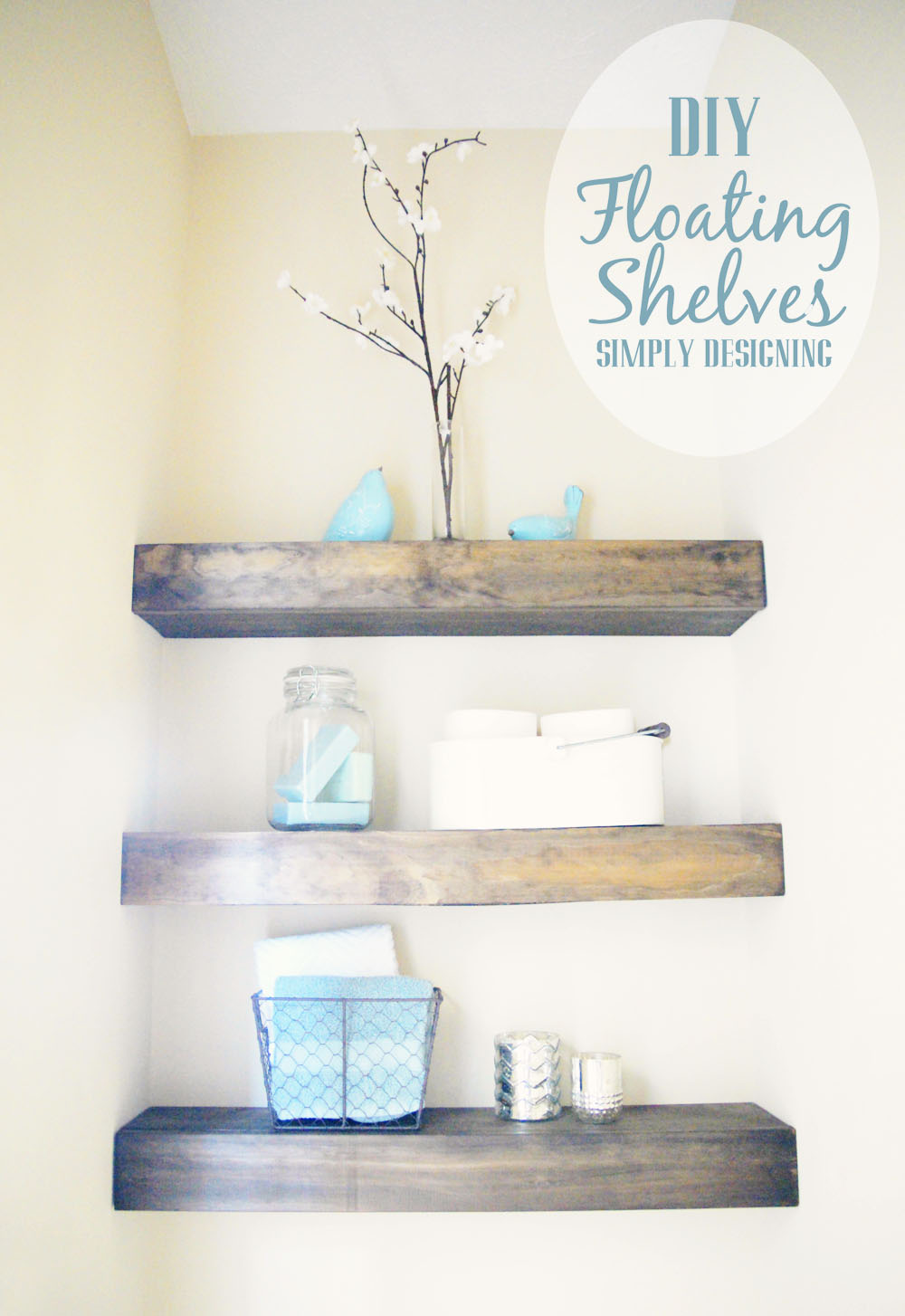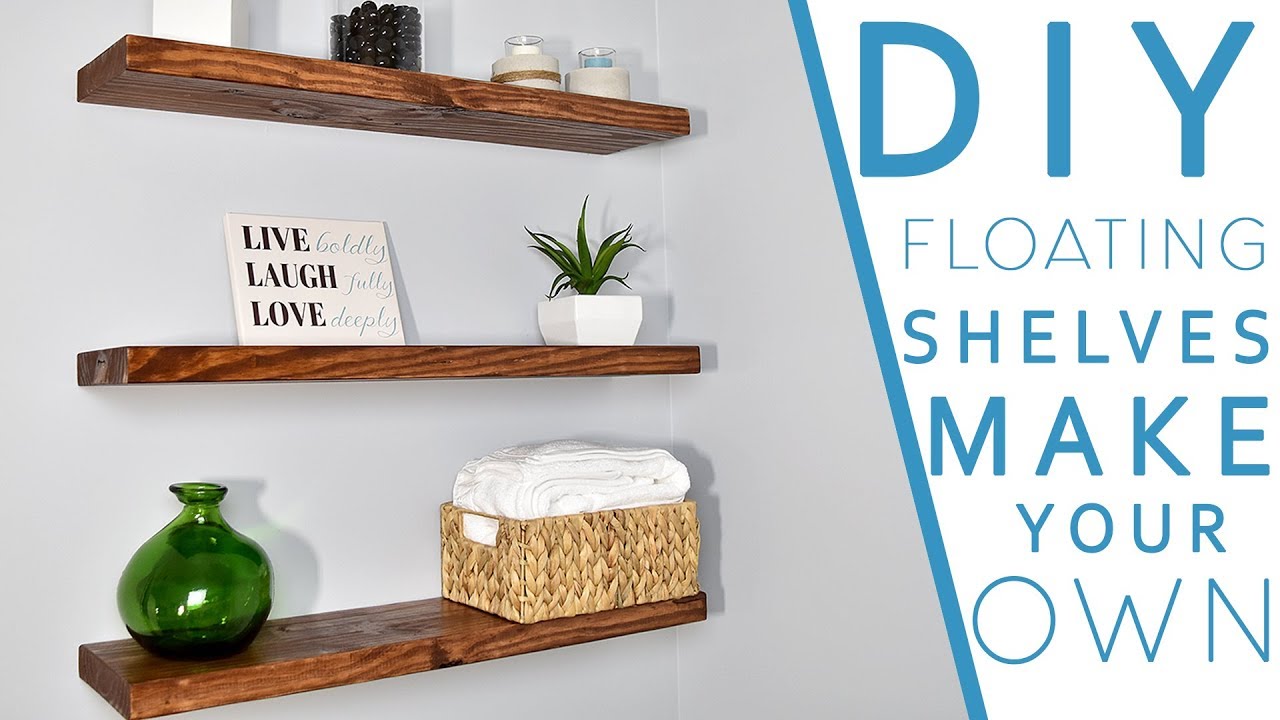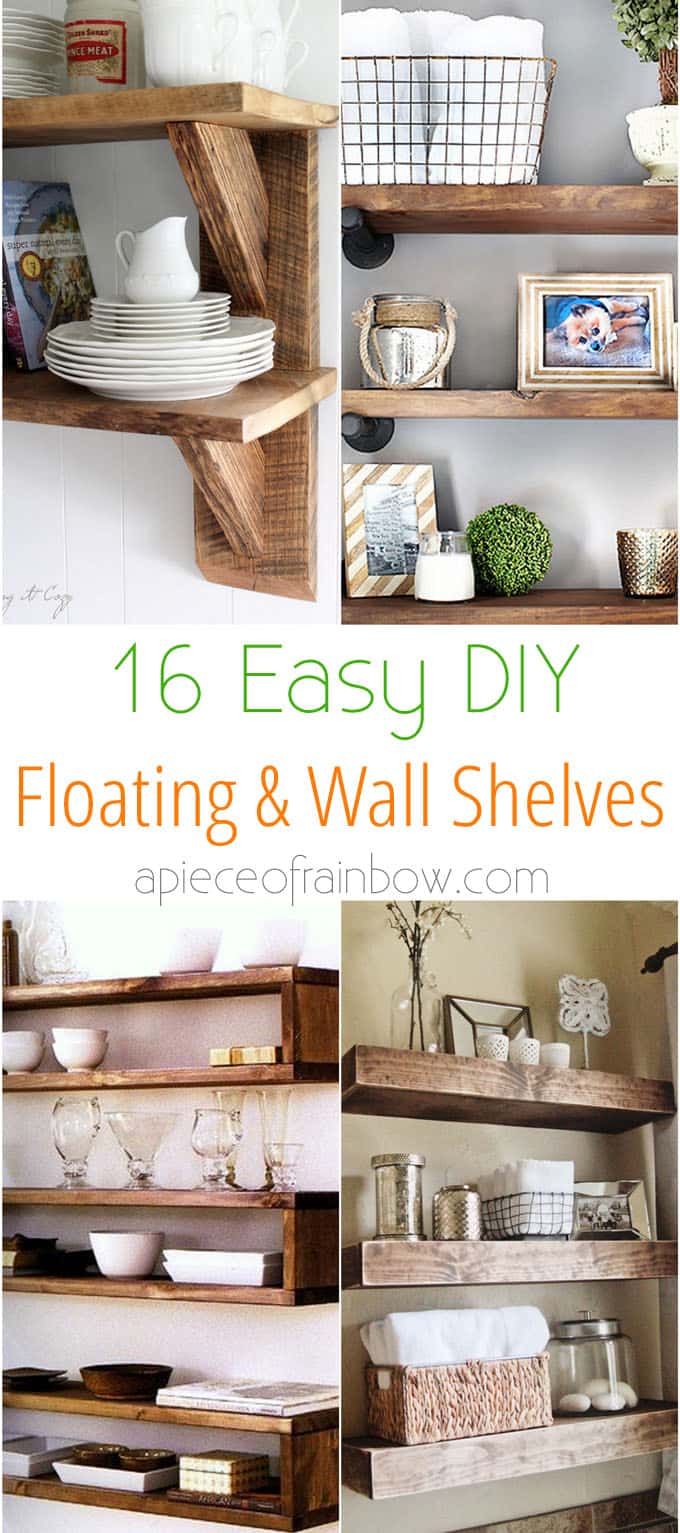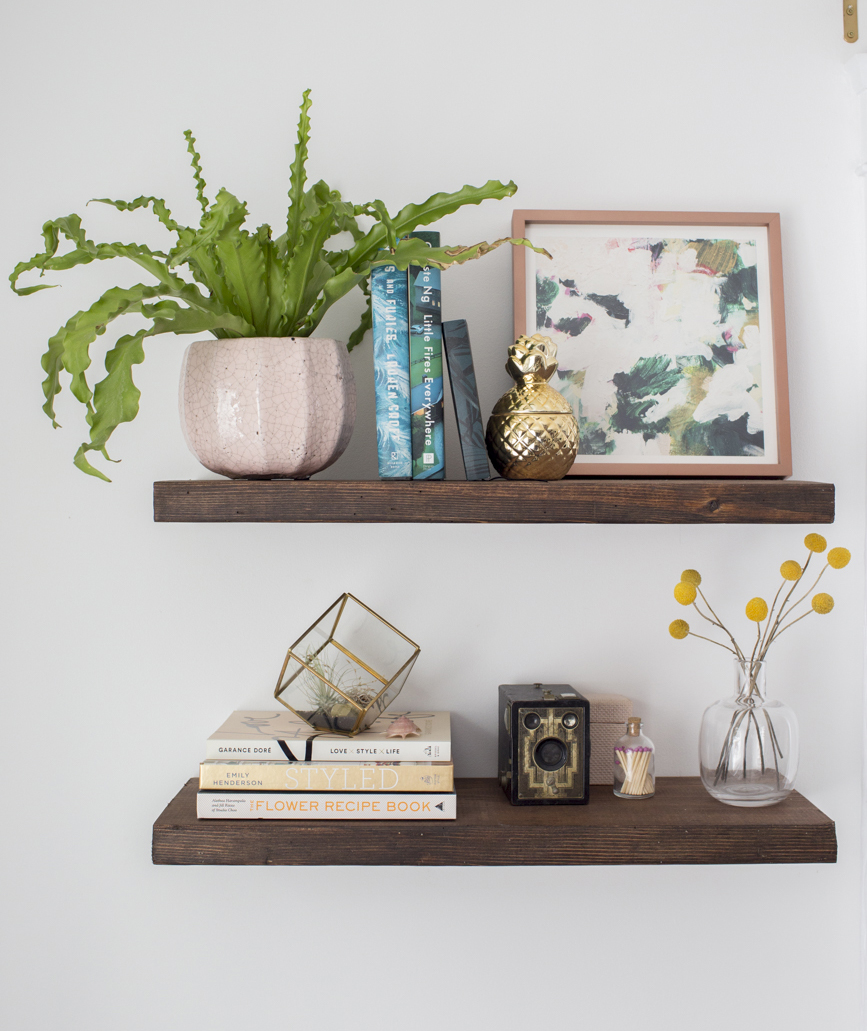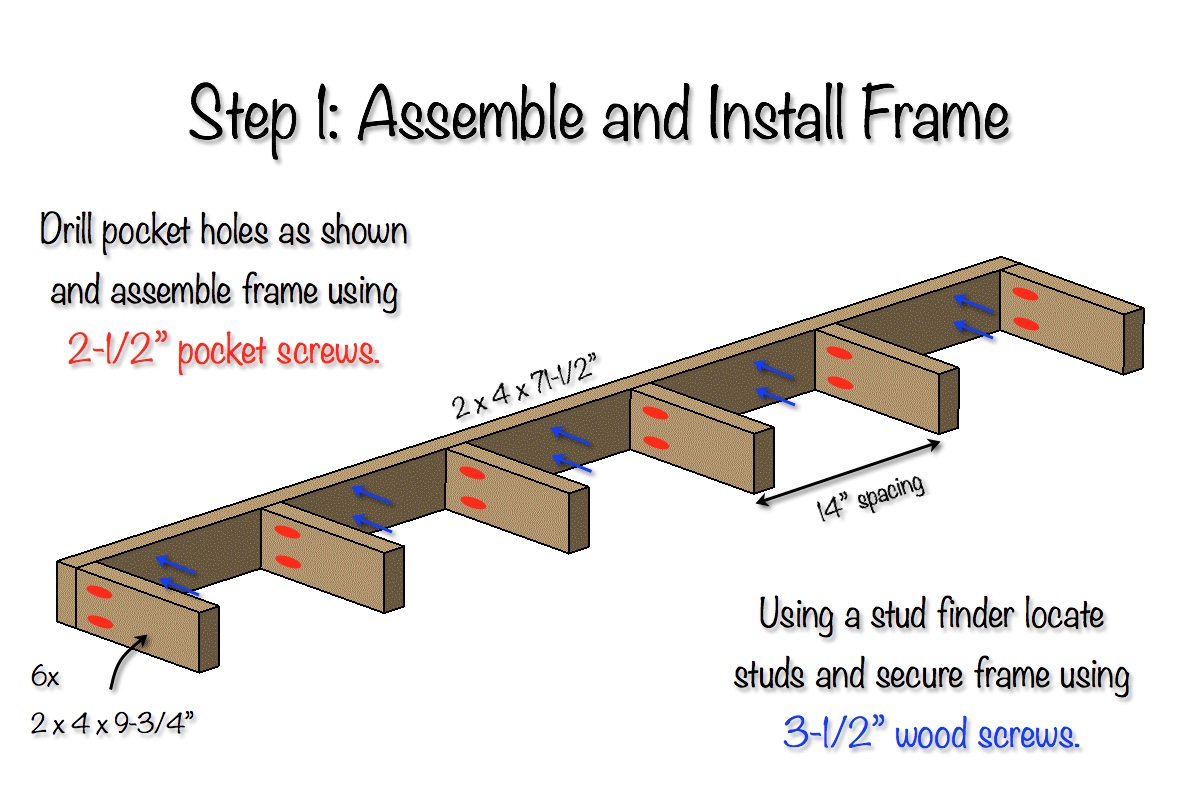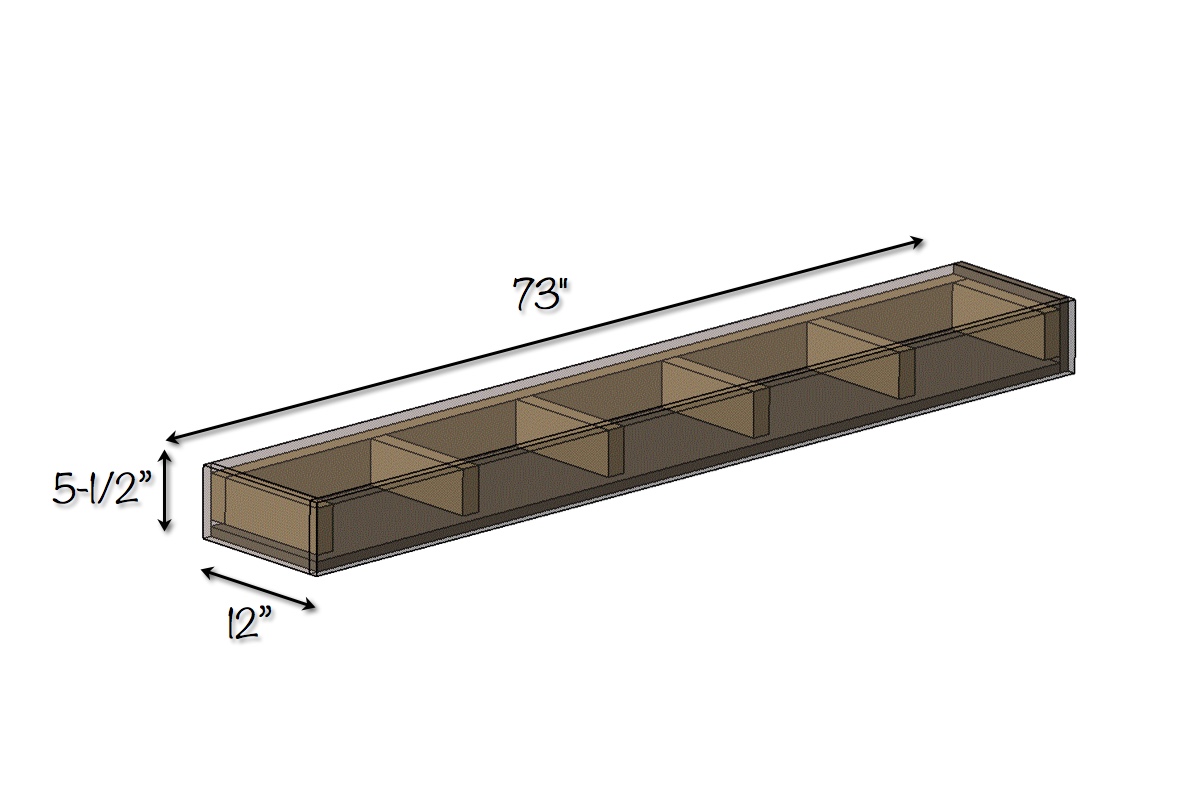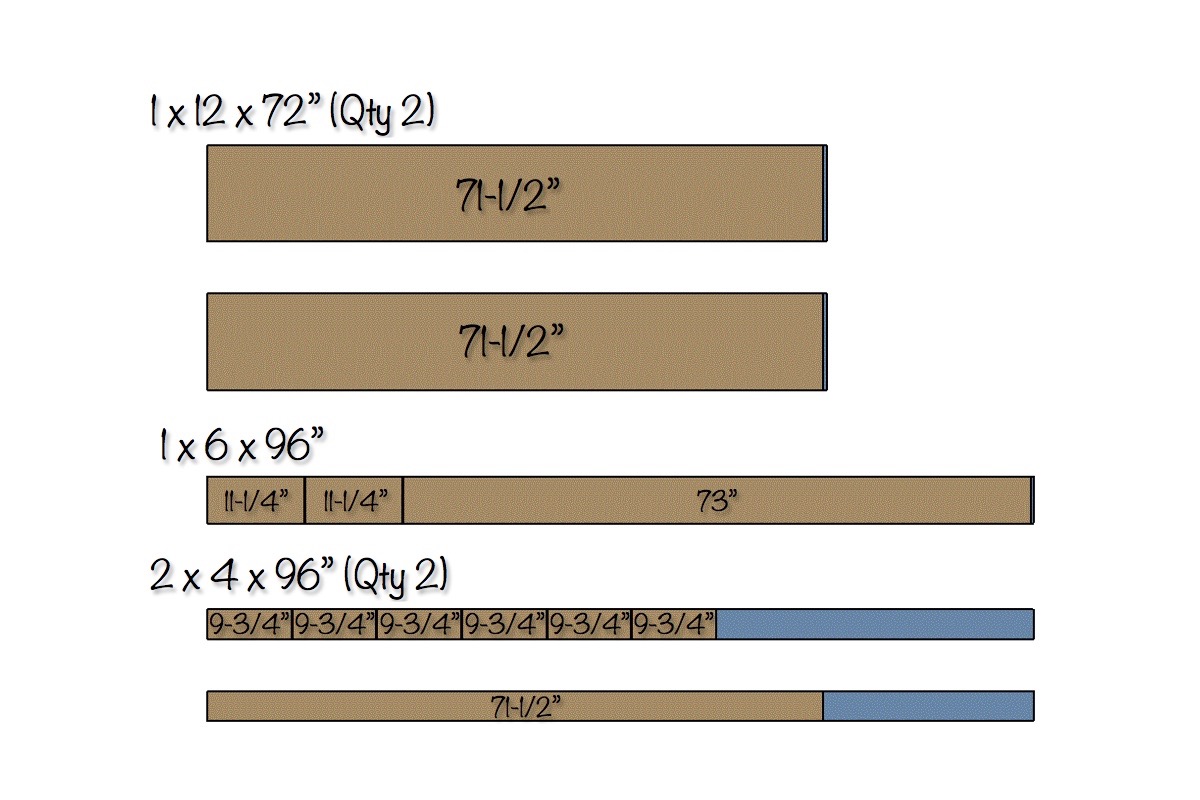Wood wall shelves are a thing of appeal. The timber used to produce these "case" can enhance or diminish the impact the rack is utilized for. As an example ... you have a timeless lighthouse collection you wish to show-off. If the timber shelf is a good and well-patterned hardwood after that you have the unique probability of permitting your collection to be a prominent and well-focused display. Nonetheless, if the timber is affordable and also low-grade, then the overall impact of what is highlighted is possibly not going be thought of as very. This is a vital factor to consider when choosing the timber you want. Cherry is a great timber for shelves. It is hard, resilient, as well as not prone to dings if something strikes it. Soft woods, like ache, often tend to have the opposite characteristics and thus ought to be deeply thought about prior to being utilized. It comes to be a matter of purchasing for the best timber.
Whether you utilize them from wall surface room to floor space, you can safeguard your shelves tailored fit to your demands. You can choose several designs of racks with various functions and also prices. Some are table placed with single overshelves while others have double overshelves. There are shelves that you can install on walls, floors and also even on ceilings.
Among the most typical ways to get one of the most out of your wardrobe space is with cable shelving. This simple to install and also budget-friendly storage room shelving system can be set up by hiring a storage room shelving installer or doing it on your own. Cable shelving is covered with a plastic finishing that stops spoiling and other damage to your belongings. Due to the fact that wire shelving is so simple to create, it's an inexpensive way to develop wardrobe shelving space.
To provide the illusion of no assistances, floating shelves are safeguarded on the wall using cleats. These are strips of wood nearly the length of the shelf that are drilled right into the wall surface studs as though the racks fit completely over them. To make cleats, you'll need to gauge for cleat thickness specifically. Step the inside length of the door, from top to base, as well as the exact width. Cut a 2- x 4-inch item of wood at the exact same length as the cleat. Then adjust the various other measurements for elevation.
